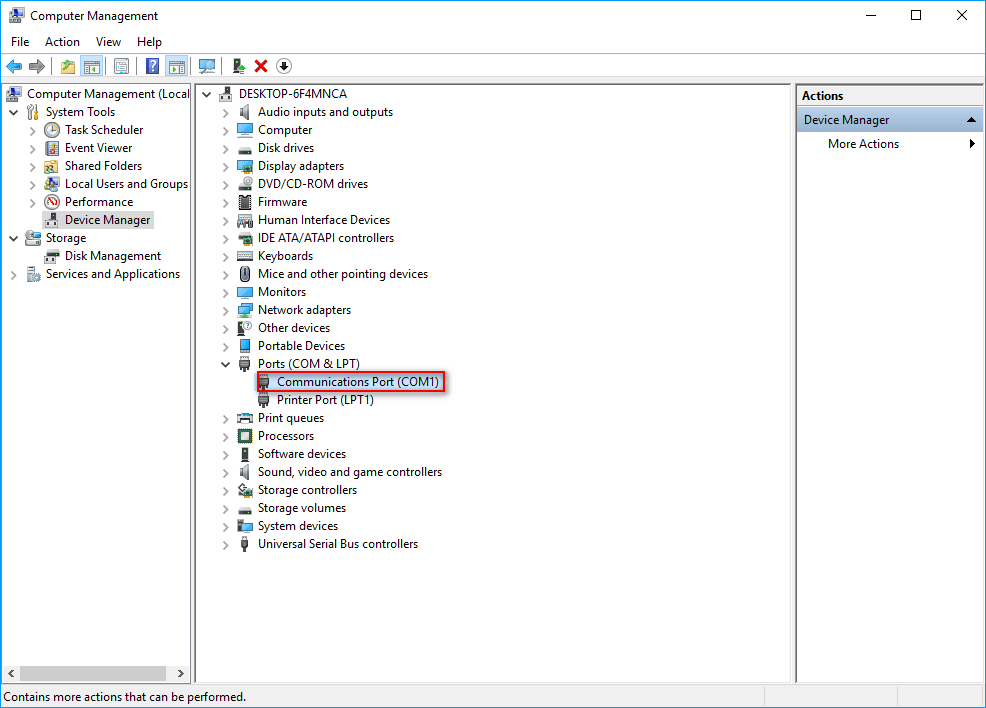

If the port vanishes for the dropdown list (the seleced port will not disappear, even if it is not available), you had the right port.Although the USB-IF has taken some steps to reduce the confusion around USB4, it’s still going to be a little tricky to distinguish it from Thunderbolt 4—though it may not matter. If you are not sure if it is the right port, unplug the printer and click on Refresh Ports. The initial products will include external storage devices, USB docks, and more, executives at the USB Implementers Forum (USB-IF) told PCWorld.These ports are only visible, if the printer is connected So connect your printer and select the port.
Usb Printer Port Missing Mac By Plugging
It’s younger than USB— Intel celebrated Thunderbolt’s 10th anniversary on February 24—and is still found mostly on Macs, plus some higher-end displays, storage, and Windows PCs. With USB4, however, the venerable rectangular USB-A port is finally giving way entirely to the ovular USB-C port.Thunderbolt is a technology designed by Intel with help from Apple, with the intent of supporting a new generation of faster external storage, more sophisticated monitor technology, and more. USB has been around since 1995, providing a port for peripherals as small as a thumb drive or a mouse, or as big as a consumer printer. A printer test page is nothing but a test print.USB4 represents the closest merge to date of two I/O technologies, USB and Thunderbolt. USB4: What you need to knowAfter a few moments, reconnect the printer to the Mac by plugging the USB cable to the corresponding port.
Any older device will run at its native USB speed—it can’t upgrade itself on the fly to USB4 speeds.Here’s where it gets a little confusing. The USB4 specification is backward-compatible, so you can connect an older USB-C device to a USB4 port. They also overlap in terms of throughput: USB4 can operate at peak speeds of 40 gigabits per second (Gbps), the same as Thunderbolt 3 and the new Thunderbolt 4.
Look for Windows models built around Intel’s 11th-gen “Tiger Lake” Core processors, as well as the new Apple MacBook Air and MacBook Pro 13, a USB-IF representative noted. “We know that Thunderbolt 4.0 is basically USB4,” according to Jeff Ravencraft, the president and chief operating officer of the USB-IF, in an interview.Put simply, you may see “USB4” peripherals referred to as “Thunderbolt 4” devices, instead!Thunderbolt 4 and USB4 are also built specifically into the latest Intel-based laptops, as well as Macs. Laptops that include Thunderbolt 4 capability will therefore support USB4 by default. The Thunderbolt 4 spec mandates the use of USB4, however, including its optional features.


 0 kommentar(er)
0 kommentar(er)
